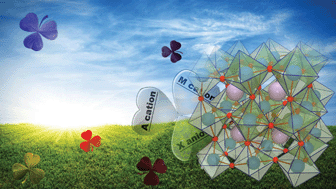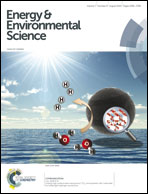Organohalide lead perovskites for photovoltaic applications
Abstract
There are only few semiconducting materials that have been shaping the progress of third generation photovoltaic cells as much as perovskites. Although they are deceivingly simple in structure, the archetypal AMX3-type perovskites have built-in potential for complex and surprising discoveries. Since 2009, a small and somewhat exotic class of perovskites, which are quite different from the common rock-solid oxide perovskite, have turned over a new leaf in solar cell research. Highlighted as one of the major scientific breakthroughs of the year 2013, the power conversion efficiency of the title compound hybrid organic–inorganic perovskite has now exceeded 18%, making it competitive with thin-film PV technology. In this minireview, a brief history of perovskite materials for photovoltaic applications is reported, the current state-of-the-art is distilled and the basic working mechanisms have been discussed. By analyzing the attainable photocurrent and photovoltage, realizing perovskite solar cells with 20% efficiency for a single junction, and 30% for a tandem configuration on a c-Si solar cell would be realistic.


 Please wait while we load your content...
Please wait while we load your content...